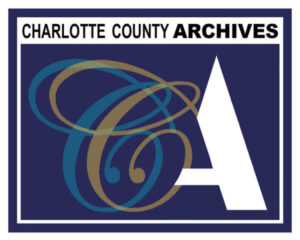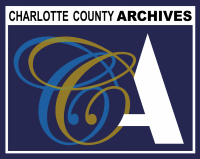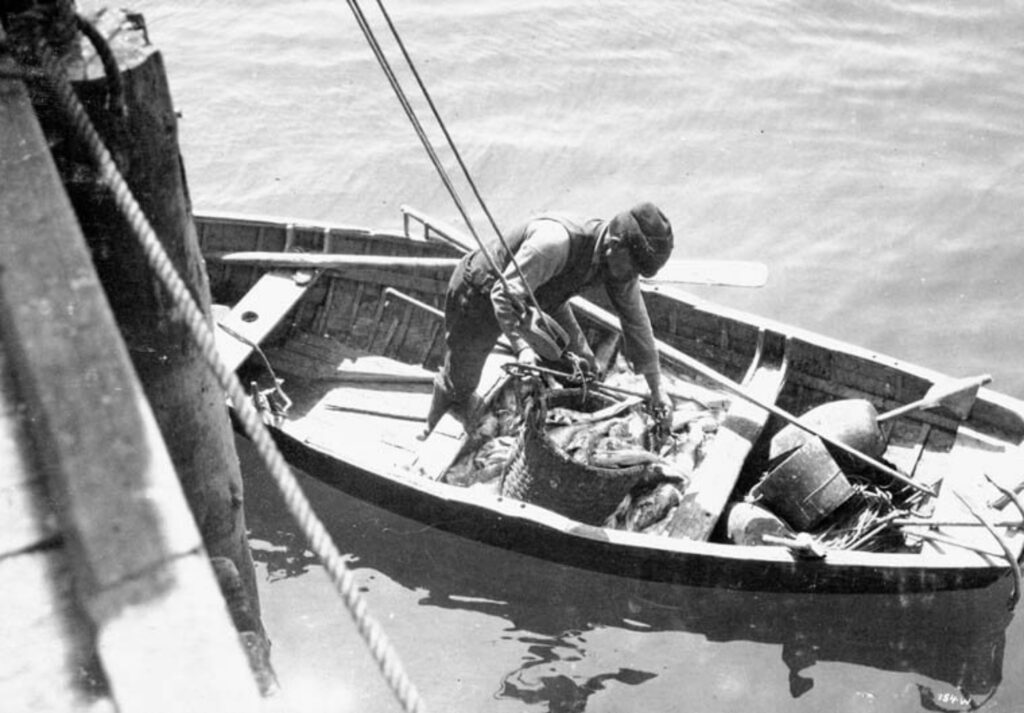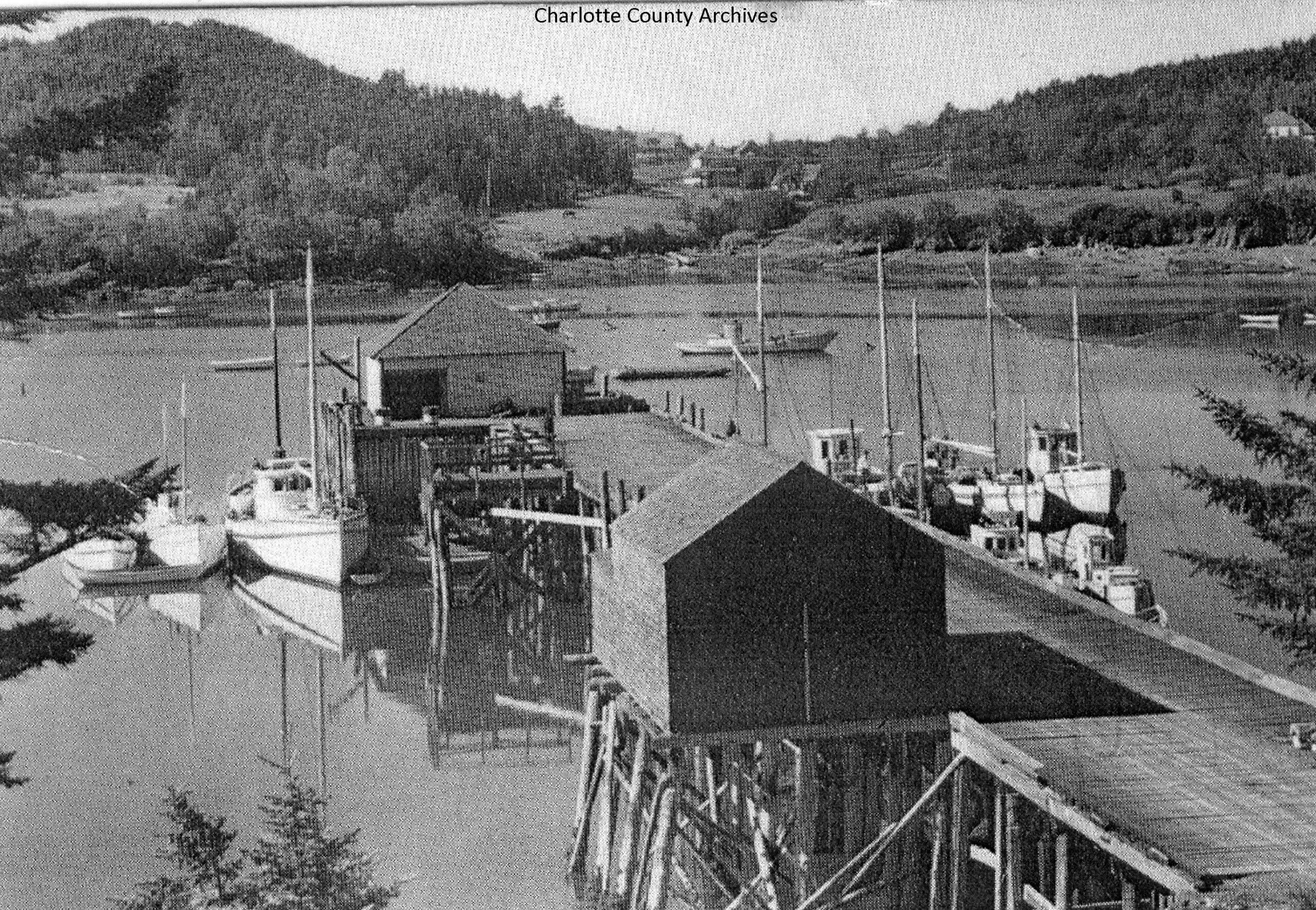
A Town Named Blacks Harbour
The Charlotte County Archives has a large and valuable collection of photographs that tell stories about the history of the area, and the lives of children and adults who lived here. With this rich resource of images, educational modules have been designed for students and teachers in elementary, middle, and high school. The modules refer to the New Brunswick K-12 Curriculum Framework, as well as other educational and cultural resources. The modules were developed by Archives staff and volunteers, with the assistance of teachers and academics.
As well as archival photographs, the modules include teachers’ notes, worksheets, activities, videos, and additional resources to engage students and learners of all ages and to encourage them to explore the past.
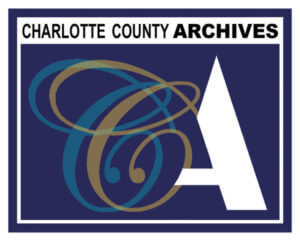
A Town Named Blacks Harbour
Activities
Students in upper elementary and middle school will analyze photographs and watch a video from the Charlotte County Archives and other resources about Blacks Harbour. They will identify all aspects of the photos and ask themselves questions that the photos stimulate. They will also write storylines appropriate to their age group, bringing the characters from the photos and video to life.
Outcomes
Students will be able to:
- identify changes in their community by examining images from the Charlotte County Archives.
- benefit from high levels of student engagement.
- benefit from enhanced experiential learning.
- develop a level of historical empathy.
- develop visual literacy skills transferable to life outside of school.
Method
In this module, historical photographs and a video will be examined closely to reveal past times. Through analysis of these different mediums and after filling out a questionnaire, students will learn to use interpretational skills that will be useful in their everyday lives.
Materials
- copy of worksheet/activities,
- paper,
- coloured pencils or crayons.
Activity 1: Analyzing Images
Looking at Photos
After observing each of the following photos, provide responses to each photo in the chart linked below. Next, watch the YouTube video called “Sardine Fishing”, or the short video entitled “Conley’s Lobster” from the Charlotte County Moments.
Activity 2: Questionnaire on Comprehension
As you watched the video and examined the photos, you likely wondered about many things that were happening and were asked to respond to a series of questions.
Fill in the following chart with your own questions about the photos and the video now. Discuss your questions with other students, and try to answer them.
Activity 3: Storyline
As you observed the images, watched the video read the magazine article, you created characters, pictures, or scenes in your mind, to go with your new understanding. Now you can draw, sketch, and write about these.
- Make a poster.
- Study the photos and images.
- Copy or draw a house, factory, or sardine boat. Stick or place this on the poster.
- Consider the house, factory, or boat, and ask yourself, “who might have lived and worked there?”
- Create characters that live in the house, or work in the factories or on the sea.
- Write a short biography about your character.
- Write this on a card or speech bubble.
- Introduce your character to the other students.
- Using the photos, tell us more about your character’s life at that time.
- Create a story about a day in the life of your character and their family.
Activity 4: Monitoring Comprehension
Please fill in the chart linked below in order to think about the two activities above. After you have completed the two activities, please write down what these activities made you think of.
Activity 5: Summary
The Teacher may choose to use this activity to summarize the module.
After their examination of images and storyline activity, students may look back on some of their drawings and stories, and categorize them. Perhaps some of their thinking has changed. Discuss the questions in the linked worksheet below.
Assessment
Teachers should conduct a discussion with students that focuses on how students might view photographs differently after having completed the activities.
Teacher Resources
- New Brunswick Curriculum Documents
- These resources can be used during these activities, depending on the age of the students.
Background
Connors Brothers Limited began in the fish canning industry at Blacks Harbour, NB, in 1885. Lewis and Patrick Connors first canned clams, scallops and later sardines, along with local fruits such as strawberries, raspberries and blueberries. Located on the banks of one of the greatest fishing grounds in the world, Connors Brothers expanded rapidly, importing expertise and workers from around the globe. Over the years, the company began to control life in the community by building workers’ housing, schools and stores, and providing employment.
Unlike some other industries, Connors Brothers weathered the Depression of the 1930s quite well. Even though the price of a can of sardines fell to five cents a can at the retail level, the market remained strong, allowing the members of the Blacks Harbour community to retain their jobs. Others in the fishery, especially those dependent upon the export market, were not as fortunate since markets for their fish products disappeared.
- What – Sardines, tiny ocean fish related to herring, are netted in large numbers and preserved in cans, packed tightly in oil.
- Where – Black’s Harbour is located on the Bay of Fundy, 75 kilometres west of Saint John, New Brunswick.
- When – Management conflicts led to the incorporation of a new company in 1923, but it retained the same name, Connors Bros. Limited.
- Who – In 1831, the Connors’ ancestor Timothy O’Connor moved to Canada from County Clair, Ireland, with his family.
